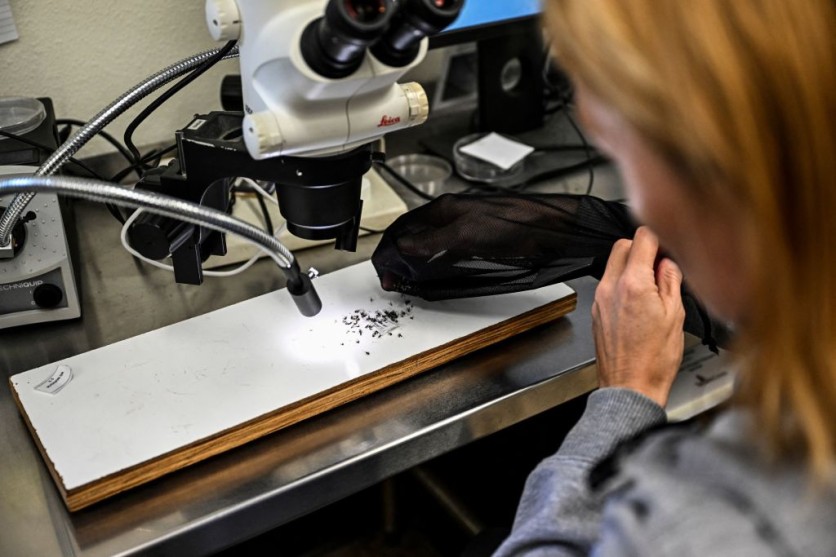An international team of researchers has harnessed the potential of AI-powered technology to detect the presence of malaria parasites in returning travelers.
As the World Health Organization advocates for robust parasite-based diagnoses before commencing treatment, this approach holds promise in enhancing accuracy and efficiency in detecting the disease caused by Plasmodium parasites.
The researchers explored the capabilities of a fully automated system that melds AI detection software with an automated microscope. The objective: to determine if this system could yield clinically valuable accuracy in diagnosing malaria.

AI Detects the Presence of Malaria Parasites
The study's lead author Dr. Roxanne Rees-Channer, a researcher at The Hospital for Tropical Diseases at UCLH in the UK, elaborated on the findings, saying that the AI system achieved an impressive diagnostic accuracy rate of 88% compared to microscopists.
The implications suggest that this AI system could indeed serve as a valuable tool for malaria diagnosis in suitable healthcare settings.
The study involved an extensive analysis of over 1,200 blood samples collected from travelers who had returned to the UK from regions endemic with malaria.
Within a controlled clinical environment, the research team assessed the accuracy of the AI-microscope system, pitting it against the benchmark of manual light microscopy.
The results showed that manual microscopists correctly identified 113 samples as positive for malaria parasites, while the AI-powered system accurately pinpointed 99 positive samples, culminating in an impressive accuracy rate of 88%.
The significance of this study lies in its clinical application of AI within a crucial diagnostic process. Rees-Channer underlined this aspect, emphasizing that this study was not confined to preliminary assessments but explored the AI system's effectiveness within a genuine clinical use case.
The automated malaria diagnostic system, under scrutiny in this study, harmonizes both hardware and software components. A computerized microscopy platform scans blood films, with advanced malaria detection algorithms scrutinizing the images to swiftly identify parasites and quantify their presence.
AI Approach to Malaria Diagnosis
As the research team underscored, this approach to malaria diagnosis harbors several potential benefits. Even the most adept microscopists can be prone to fatigue and errors, particularly when managing substantial workloads.
The integration of AI into malaria diagnosis could alleviate this strain on microscopists, potentially enhancing the patient load they can manage effectively.
Furthermore, automated diagnostic systems ensure consistency in results and can be readily implemented across diverse healthcare environments, according to the team.
While the AI system demonstrated an impressive 88% accuracy rate, it is vital to note that it also misidentified 122 samples as positive for malaria, which could potentially lead to patients receiving unnecessary anti-malarial treatment.
"The AI software is still not as accurate as an expert microscopist. This study represents a promising datapoint rather than a decisive proof of fitness," said Rees-Channer.
The findings of the team were published in the journal Frontiers in Malaria.
Related Article : Are Talking Spaceships Coming Soon? NASA to Revolutionize Space Exploration with AI-Powered ChatGPT-Like Interface

ⓒ 2025 TECHTIMES.com All rights reserved. Do not reproduce without permission.




